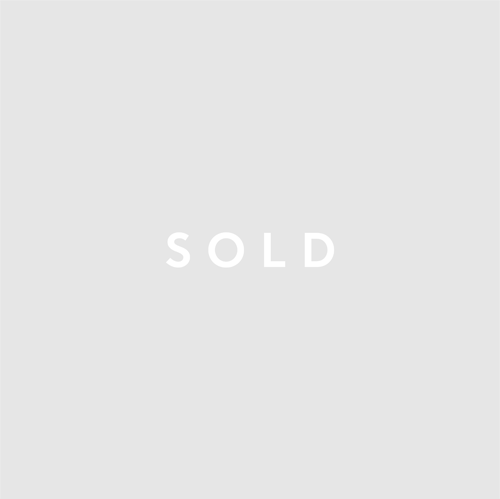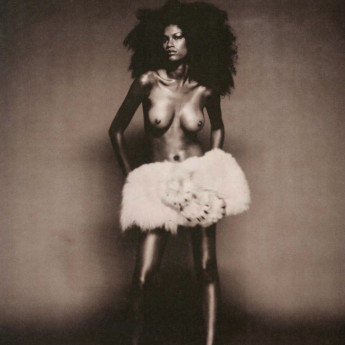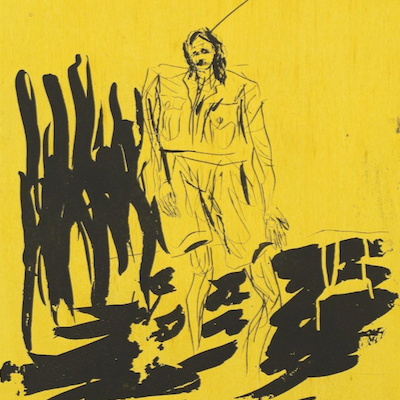
Details
Artist
Styles
// Stillleben III by Markus Lüpertz is a vibrant and expressive lithograph that embodies the artist's characteristic blend of abstraction and figurative elements. Created between 1990 and 2000, this limited edition print bursts with intense colors—fiery reds, deep blues, and rich greens—combined with bold, gestural lines. The composition is complex and layered, featuring a skull, scattered paint strokes, and dynamic, overlapping shapes that evoke a sense of chaos and movement. Lüpertz’s approach to still life in this piece is unconventional, as he merges elements of symbolism and surrealism, creating a scene that feels both alive and decaying. Measuring 56 cm by 76 cm, Stillleben III invites viewers to interpret its rich iconography, offering a visceral experience that reflects on themes of mortality, transformation, and the subconscious.
Stillleben III, 1990 - 2000
form
Medium
Size
56 x 76 cm
- Inches
- Centimeters
Edition
Price
Details
Artist
Styles
// Stillleben III by Markus Lüpertz is a vibrant and expressive lithograph that embodies the artist's characteristic blend of abstraction and figurative elements. Created between 1990 and 2000, this limited edition print bursts with intense colors—fiery reds, deep blues, and rich greens—combined with bold, gestural lines. The composition is complex and layered, featuring a skull, scattered paint strokes, and dynamic, overlapping shapes that evoke a sense of chaos and movement. Lüpertz’s approach to still life in this piece is unconventional, as he merges elements of symbolism and surrealism, creating a scene that feels both alive and decaying. Measuring 56 cm by 76 cm, Stillleben III invites viewers to interpret its rich iconography, offering a visceral experience that reflects on themes of mortality, transformation, and the subconscious.
- Recently Added
- Price (low-high )
- Price (high-low )
- Year (low-high )
- Year (high-low )
Who are the Neue Wilden?
Neue Wilden is the term German artists used for Neo-Expressionism. In the 1970s and 80s, expressive painting re-emerged in Germany, with artists embracing intense colors and broad brushstrokes. The movement grew in opposition to minimal and conceptual art, favoring a return to raw, emotional expression through bold and dynamic painting techniques.


















